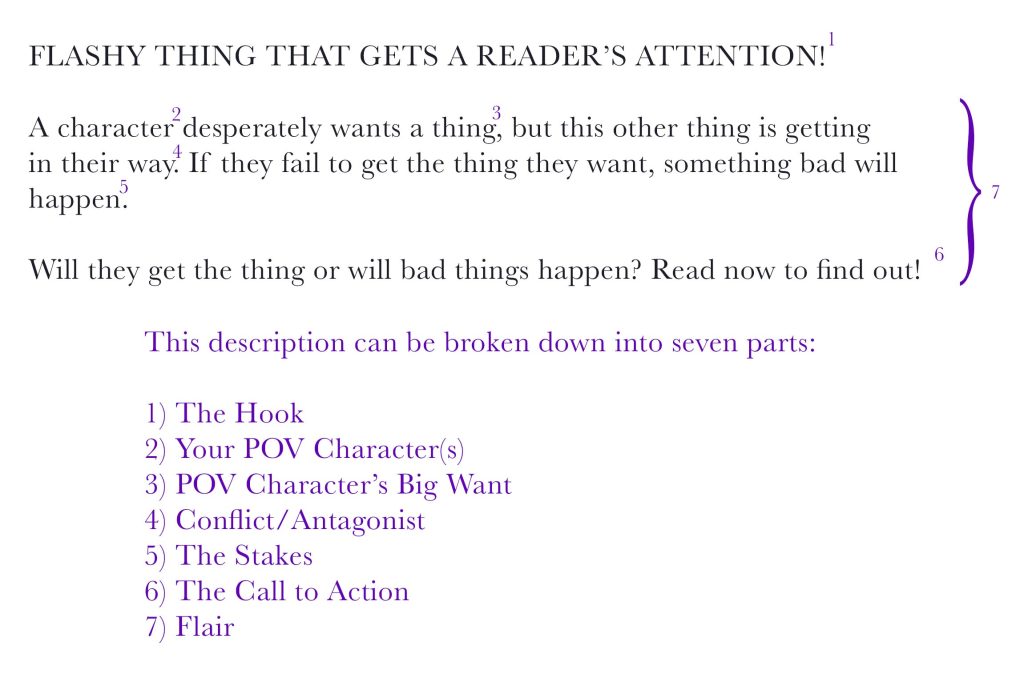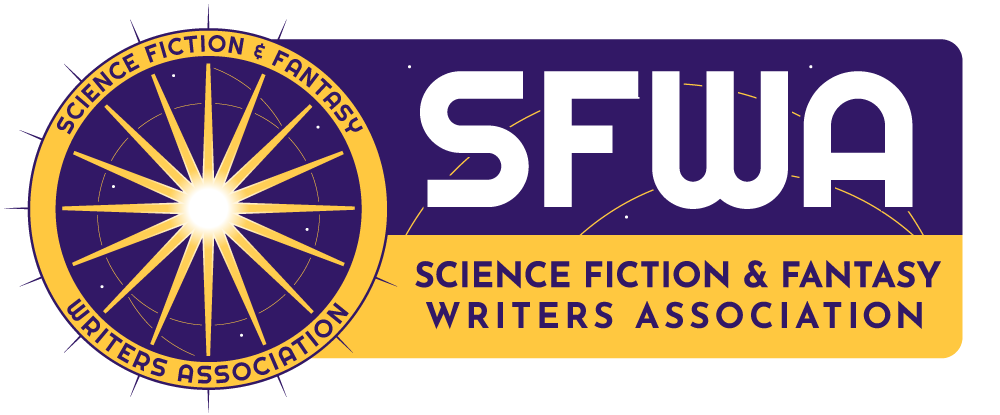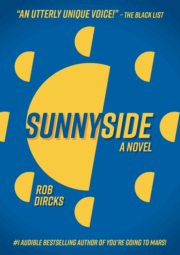THE INDIE FILES: Book Descriptions
by Scott King
Writing book descriptions sucks, but it doesn’t have to be hard. If you can write a whole dang novel, you have it in you to write a quick, simple description for a back cover, a pitch, or online stores.
Book descriptions are a marketing tool to sell your books and establish reader expectations. The majority of your description is storytelling. It is storytelling with the aim of marketing, but at the end of the day, it’s storytelling. You are distilling the core essence of your book into a compact form in such a way that it gives the reader a good idea of what to expect if they were to buy and read the book.
A basic book description works like this:

1) The Hook
The form of the hook doesn’t matter. It could be a question, singular words, or a full sentence. Just make sure it’s short and mysterious, teasing, or interesting enough to make the reader want to read more.
2) Your POV Character
This is where you introduce your main point-of-view (POV) character or characters. The character will be the window through which the reader experiences your story, and first impressions matter. You want to get across not just who the character is but a feel for their personality and vibe. Is your POV character a gritty noir type hellbent on revenge, or a golden retriever type just trying to live their best life? Whoever they are should be hinted at when they are introduced.
3) POV Character’s Big Want
Characters want things. Generally, they have a Big Want that they chase throughout your book. This is where you introduce that Want.
In a thriller, it can be the action of trying to stop the terrorist. In horror, it might be to survive. In a romance, maybe it’s to earn the love of someone.
Depending on the kind of story you are telling, the Big Want may not be that big. Cozy and low stakes stories have become more popular in the past few years. Instead of saving the world, maybe your POV character is just trying to get a job, or wants to learn how to bake, or to fix their relationship with a parent. So, don’t feel pressured to think the Big Want must be an over-the-top thing. It is whatever your story and genre demands it to be.
4) Conflict/Antagonist
There will always be something preventing your character from getting their Big Want. The antagonistic force getting in the way of your POV character achieving the thing they want can be human or a big bad, but it doesn’t have to be. In a disaster story, it could be a force of nature; in a romance, it could be two protagonists who also serve as each other’s antagonist; in a drama, it might be societal norms. Make sure you let your story and genre dictate what you choose to mention as the antagonist in the description.
5) The Stakes
The stakes are what will go wrong if your POV character fails to get their Big Want. Generally, a story will have lots of different stakes. Some high, some low. For the sake of a book description, you want this to be a higher stake that isn’t really a major spoiler. So, maybe if your POV character fails, someone they love might die? Or maybe in a romance novel they might never find love? Or maybe if they fail, the world will end? Just like with the Big Want, and the antagonist, let your genre dictate what stakes you mention in the book description.
6) The Call to Action
The call to action is the punchline and climax of your book description. If you did your job right and made someone interested in your book, it is the point where you say, “Go read it now!” If you established your POV character and provided relatable or interesting stakes, then using a question is an easy go-to for the call to action. But you could also use simple commands that tie back to your hook, expressions like, “Stop the darkness, go read it now!” Or “Don’t let love get away, go read it now!” Those can work just as well as long as they tie back into your hook and the meat of your book description.
7) Flair
When you’ve identified Elements 1 through 7 , you can start putting it all together. With book descriptions, white space and brevity are your friends. Generally, you want to keep things short—around 200 to 250 words at most—and make use of short paragraphs and line breaks.
Once you have the template filled in, it’s time to add the final element of the book description—you. Your voice is special. No one else could have written your book. The tone, the vibe, the feel, the pacing—you are unique, and some of that uniqueness should show in the description. Use the template I’ve given you as a base, and then flesh it out, but flesh it out in a way that it still feels like you. Tone, genre, and your voice should all be clear in the description, because it sets the reader’s expectation so they know what kind of book they are getting.
You can test your book description by comparing it to top books in the categories that your books are selling in to see if they compare in structure and style. If so, you are good. If not, rewrite your description until it fits your genre, but at the same time, make sure it always has flair and feels like you.
 Scott King is an indie author and former college professor. His fiction books are his way of having fun, and his nonfiction books are his way of getting that teaching feeling back. If you’d like to see some of his work, you can visit his Amazon page.
Scott King is an indie author and former college professor. His fiction books are his way of having fun, and his nonfiction books are his way of getting that teaching feeling back. If you’d like to see some of his work, you can visit his Amazon page.



